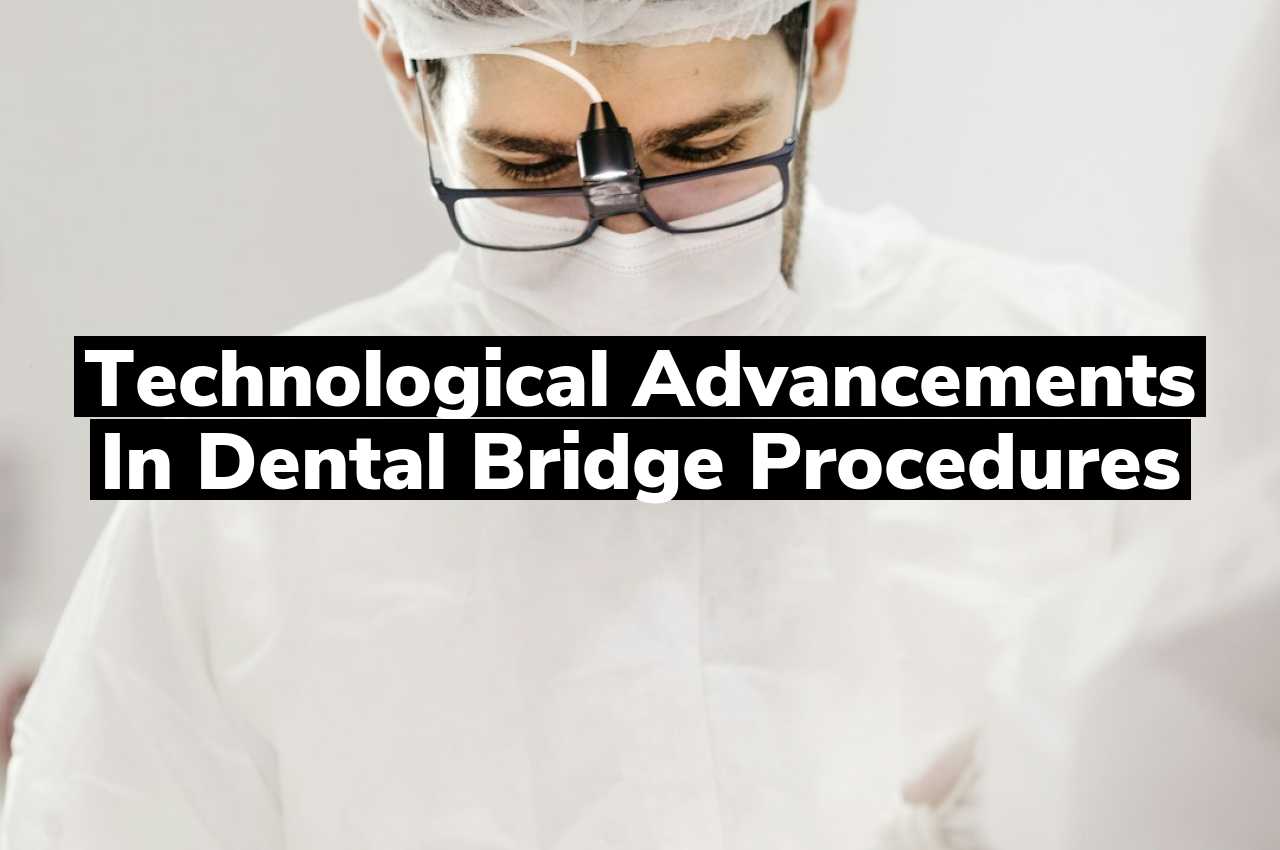Have you ever wondered how technological advancements are reshaping dental bridge procedures? Recent innovations have significantly improved the precision and efficiency of these treatments, enhancing both the patient experience and the outcomes. These advancements leverage cutting-edge technology to ensure that procedures are more seamless and less invasive than ever before.
Evolution of Dental Bridge Materials
The materials used in dental bridge procedures have undergone significant changes over the years, reflecting broader technological advancements in the field of dentistry. Initially, dental bridges were primarily made from metals such as gold or other biocompatible alloys due to their durability and strength. However, with the advent of aesthetic dentistry, there has been a shift towards materials that not only perform well functionally but also provide a more natural appearance. Porcelain and ceramic materials are now commonly used because they can be closely matched to the color of natural teeth, enhancing the visual appeal of dental restorations.
For those interested in exploring how dental bridges have transitioned from purely functional components to aesthetic solutions, Understanding the Basic Concepts of Dental Bridges offers a comprehensive overview. This shift in materials is part of a larger trend within dental technology aimed at improving patient outcomes and satisfaction. As research continues and new materials are developed, the evolution of dental bridge materials is expected to further align with patient needs and preferences, continuing to improve the integration of functionality and aesthetics in dental treatments.
Impact of Digital Imaging Techniques
The evolution of digital imaging techniques has significantly transformed the landscape of dental bridge procedures. Traditionally, creating a dental bridge involved manual impressions that could be uncomfortable for the patient and time-consuming. With the advent of digital imaging, dentists can now capture detailed and precise images of a patient’s oral structure quickly and comfortably. This advancement not only enhances the accuracy of the dental bridges but also improves the overall efficiency of the procedure.
Digital imaging in dental practices allows for better visualization of the oral cavity, which is crucial in planning and executing dental bridge placements. The clarity and precision these technologies provide ensure that the final product fits more seamlessly with the patient’s existing teeth, leading to improved aesthetics and functionality. For more detailed information on how these advancements could benefit you, consider visiting Your Frederick Dental Bridge Specialists.
Role of 3D Printing Technology
The integration of 3D printing technology into dental bridge procedures marks a significant shift in how dental restorations are approached. This technology allows for the creation of precise and customized dental bridges, tailored specifically to fit the unique contours of a patient’s mouth. By utilizing digital scans of a patient’s teeth, 3D printers can produce bridges that are not only accurate but also ensure a better alignment and comfort. The use of this advanced technology streamlines the entire process, from design to production, enhancing the efficiency of dental restoration practices.
Advances in Non-Invasive Bridge Fitting
The landscape of dental bridge procedures has seen significant transformation with the introduction of non-invasive techniques. These advancements have made the process of fitting dental bridges smoother and more comfortable for patients. By minimizing the need for extensive preparation or adjustments to surrounding teeth, these modern approaches focus on preserving as much of the natural tooth structure as possible. This shift not only enhances patient comfort but also improves the overall efficiency of the procedure.
For those interested in learning more about the latest developments in dental care, Lee Family Dentistry is a notable practice in the field. Visit this Frederick Dentist for more information.
Integration of CAD/CAM Systems
The integration of CAD/CAM (Computer-Aided Design and Computer-Aided Manufacturing) systems in dental bridge procedures marks a significant technological advancement in the field of dentistry. These systems enable the design and fabrication of dental bridges with high precision and efficiency. By utilizing digital scans of a patient’s mouth, CAD/CAM technology allows for the creation of a tailored treatment plan and the production of customized dental bridges that accurately fit the unique contours of each patient’s oral structure. This technology not only enhances the accuracy of dental restorations but also significantly reduces the time required for the production and fitting of dental bridges, improving the overall patient experience in dental care.
Conclusion
Explore how dental bridge technology is evolving and if you have questions, call us at 301-662-0300 or read our reviews on Google Maps.

